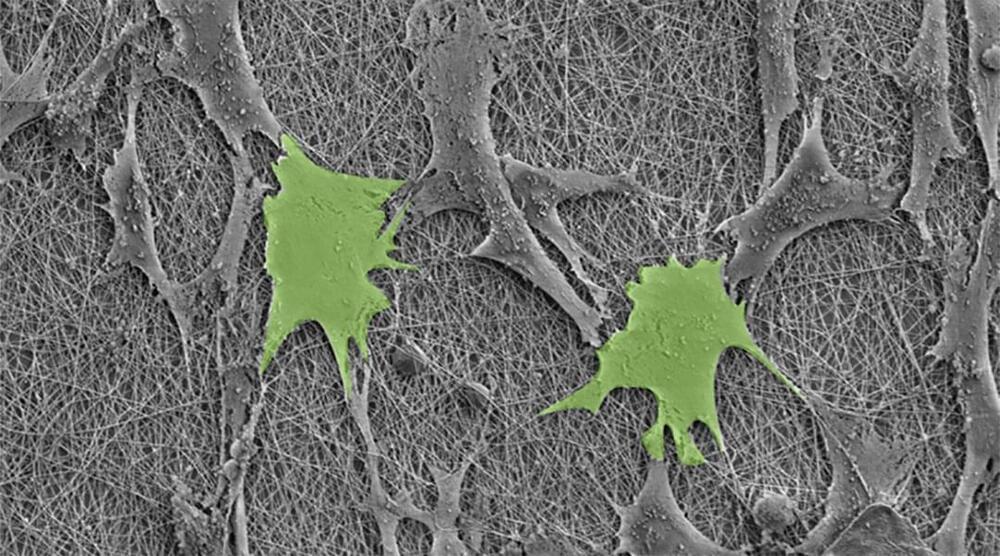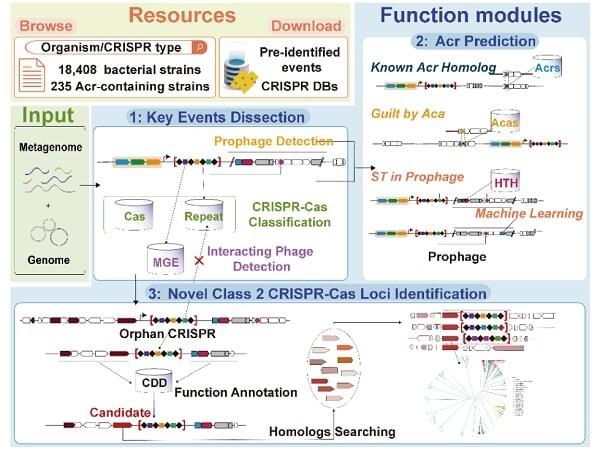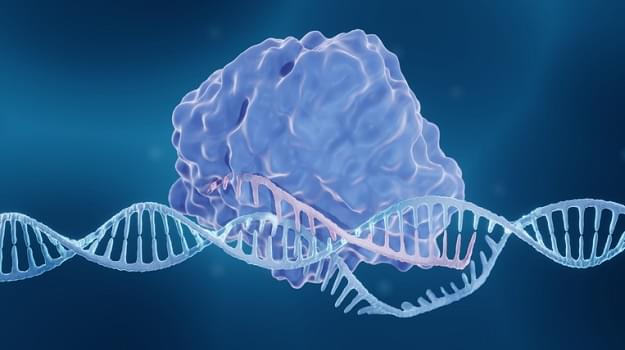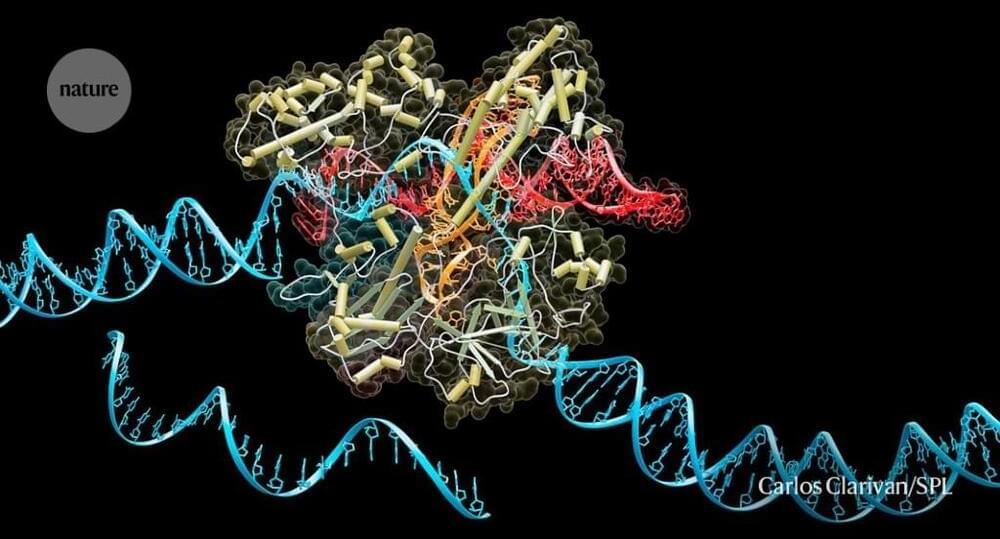Nervous systems are complex networks, comprised of billions of neurons connected by trillions of synapses. These connections are subject to specific wiring rules that are thought to result from competitive selection pressures to minimise wiring costs and promote complex, adaptive function. While most connections in the brain are short-range, a smaller subset of metabolically costly projections extend over long distances to connect disparate anatomical areas. These long-range connections support integrated brain function and are concentrated between the most highly connected network elements; the hubs of the brain. Hub connectivity thus plays a vital role in determining how a given nervous system negotiates the trade-off between cost and value, and natural.
selection may favour connections that provide high functional benefit for low cost.
Consistent with this view, Professor Alex Fornito will present evidence.
that hub connectivity is under strong genetic control. He will show that the strength of connectivity between hubs in the human brain is more heritable than connectivity between other nodes, and that the genetic variants influencing hub connectivity overlaps with those implicated in mental illness and intelligence. He will also discuss the progress and challenges of developing generative models that evaluate the role of different cost-value trade-offs in driving complex brain topology.
Professor Fornito completed his Clinical Masters (Neuropsychology) and PhD in 2007 at The University of Melbourne before undertaking postdoctoral training at the University of Cambridge, UK. In 2013, he assumed his current position at the Turner Institute of Brain and Mental Health, where he is Head of the Brain Mapping and Modelling Theme, Co-Director of the Brain, Mind, and Society Research Hub, and a Sylvia and Charles Viertel Senior Medical Research Fellow.
Alex’s research concentrates on developing new imaging techniques for mapping human brain connectivity and applying these methods to shed light on brain function in health and disease.




